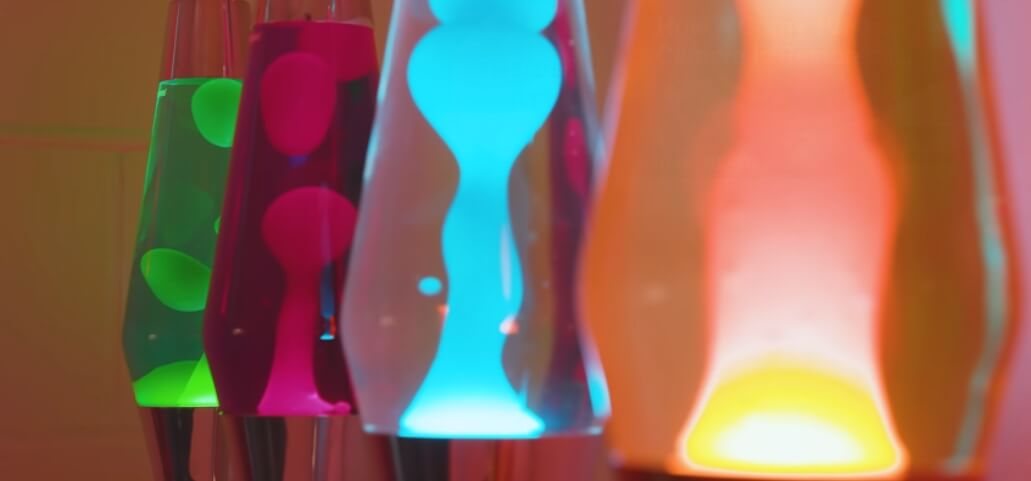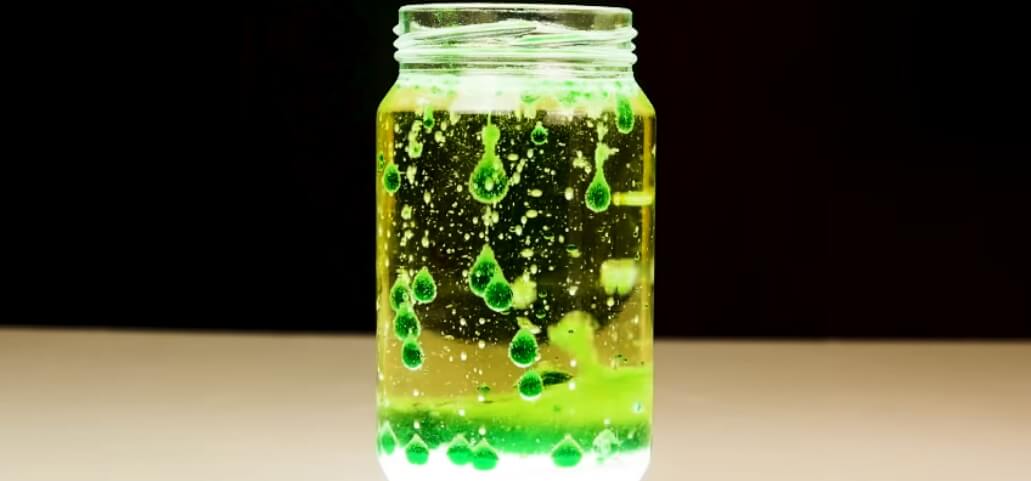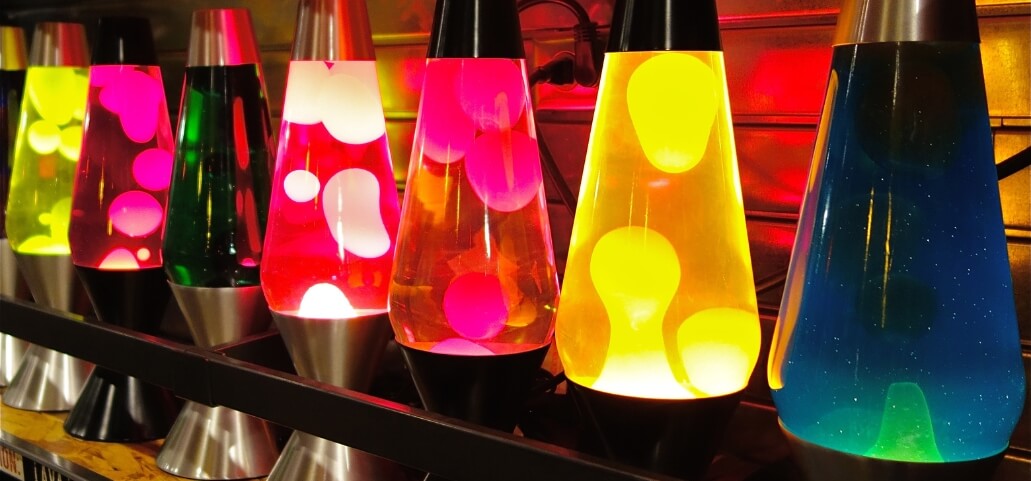How to dispose of Lava Lamp will provide comprehensive guidance for safe lava lamp disposal, including step-by-step instructions on cooling down and handling the lamp’s contents safely. Lava lamps have enchanted interior decor enthusiasts for decades with their mesmerizing, retro charm. However, understanding their lifecycle and proper disposal methods is crucial once they reach the end of their usability. Safely disposing of a lava lamp is essential to prevent potential environmental hazards associated with its unique chemical components. This thorough guide offers detailed directions on how to dispose of these famous décor items in an eco-friendly manner. Improper disposal of lava lamp poses risks, necessitating awareness of correct methods.
9 Steps How to Dispose of A Lava Lamp
Dispose of lava lamp is a concise method comprising a handful of efficient steps to facilitate a swift and precise execution. Additionally, certain common tools will be required, simplifying the process of how to dispose of lava lamp. Take a quick look at the preparatory equipment essential for safely disposing of the lantern.
Things
- A lava lamp
- Newspaper
- A plastic bag
- Rubber bands
- Rubber gloves
Reasons to use
- that needs to be disposed
- to save the working area
- to serve as a trash bag
- to seal the trash bag
- To protect hands
Step 1: Prepare the workspace to avoid mess and spills:
Prepare the workspace to avoid mess and spills: Find a clean and flat surface where you can safely work on disposing of lava lamp. Lay down some protective covering like old newspapers or a plastic sheet to catch any potential spills.
Step 2: Wear Rubber Gloves
Ensure to wear protective rubber gloves on your hands when handling the lava lamp. The lamp contains oil inside, and when handling it, there’s a possibility of chemicals coming into contact with your skin, potentially causing disruption. Additionally, wearing gloves might pose a risk of getting your hand caught or hindered by the glass during handling.
Step 3: Unplug The Lighting Device
Ensure to disconnect the lantern from the power source before moving on to the next step. Handling a lighting device that’s not connected to electricity is consistently safer. There’s a risk associated with disassembling it while it’s still connected to power. Moreover, when it’s plugged in, there’s a potential fire hazard that can occur.
Step 4: Make The Lamp Dismount
It’s time to take apart the lantern, but it’s important to note that it contains substances that readily mix with the air. Before proceeding, ensure all nearby fans are turned off. Begin by using a screwdriver to open the top of the bowl. Then, focus on melting the wax inside.
Step 5: Melt The Wax And Remove
The captivating look of lava lamps is produced by a combination of liquid and wax. To dispose of lava lamp mixture safely, you’ll need to heat up the wax until it becomes liquid again. Place the globe in a pot filled with water and heat it slowly over low heat until all the wax has melted.
Step 6: Clean It
Once all the wax has been removed, give both parts of the lamp (the base and globe) a thorough cleaning. Use warm soapy water and a soft cloth to remove any residue or dirt that may have accumulated over time.
Step 7: Eliminate All Debris
Inspect the exterior and interior of the lamp for any loose debris or fragments that may have accumulated over time. Remove these debris carefully and dispose of them in appropriate waste containers.
Step 8: Send The Lamp To A Recycling Plant
To ensure eco-friendly disposal, consider sending your lava lamp to a recycling plant or facility that accepts electronic waste (e-waste). These facilities have specialized processes in place to properly handle lamps like yours.
Step 9: Wash Your Hands
Recall to properly wash your hands with soap and water after discarding the lava lamp. At least 20 seconds should be spent cleaning every region, including in between fingers and beneath nails. Thoroughly rinse with fresh water and pat dry with a fresh towel. This practice helps remove any residue and keeps your hands clean to reduce health risks.
Reasons and Benefits of How to Dispose Of Lava Lamp:

Here are five reasons and five benefits of disposing of Lava Lamp:
Reasons:
- Safety: Lava lamps can pose a fire hazard if they are not appropriately maintained or managed.
- Outdated: Lava lamps have been around for decades and may no longer fit with modern decor styles.
- Energy Efficiency: Lava lamps are quite energy-intensive in comparison to other types of illumination.
- Environmental Impact: Proper disposal ensures that harmful chemicals inside the lamp do not end up in landfills or water sources.
- Minimalism: Getting rid of unnecessary items can help declutter and create a more minimalist living space.
Benefits of Disposing Lava Lamp:
- Peace of Mind: Disposing of a lava lamp eliminates any worries about potential accidents or hazards.
- Style Upgrade: Removing the lava lamp opens up opportunities to explore new, contemporary lighting options that better suit your personal style.
- Cost Savings: By eliminating the energy consumption from the lava lamp, you can reduce your electricity bill.
- Eco-Friendly Choice: Responsible disposal of lava lamp allows for proper handling of hazardous materials, protecting the environment and future generations.
- Enhanced Living Space: Letting go of items that no longer serve a purpose creates more room for meaningful possessions, giving your living space a fresh and rejuvenated feel.
Precautions Before Disposing Of A Lava Lamp: Safety Concerns

To protect yourself, there are a few safety procedures you must follow before discarding a lava lamp. It is crucial to use caution and adhere to these procedures while handling the process:
Make Sure The Lamp Is Cool
Prior to starting the disposal of lava lamp procedure, it is crucial that the lamp has completely cooled down. Lava lamps can get very hot, so give it enough time to cool before attempting anything.
Wear protective clothing:
To protect yourself from any potential spills or splatters, it is advisable to wear protective clothing such as gloves and long sleeves. This will provide an additional degree of defense against any possible interaction with the heated liquid.
Use goggles for eye safety:
As a safety measure, wearing goggles is essential when dealing with potentially hazardous substances like the liquid inside a lava lamp. This will prevent any accidental splashing into
Keep the fan and AC turned off:
It is essential to turn off any fans or air conditioning units in the vicinity prior to disposing of the lava lamp. This will prevent any gusts of wind from causing a spill or spreading potentially harmful fumes.
Keep a trash bag ready:
Have a sturdy trash bag readily available before you start disassembling your lava lamp. This will make it easier and safer for you to collect all the parts and dispose of them properly without risking injury.
Downsides Of Disposing Of A Lava Lamp: Risk Factors
It’s crucial to keep in mind all the potential risks associated with disposing of a lava lamp and to handle this process safely. Failing to do so might result in unanticipated risks or consequences.
- Rushing to dispose of the lava lamp without allowing it to cool poses a significant risk.
- Broken parts of the lamp can cause injuries to anyone handling them, highlighting a downside of discarding these lamps.
- It’s crucial to avoid any contact between these lamps and fire, especially for those inexperienced in their proper disposal.
- During disposal, the lamp can quickly ignite upon contact with combustible substances.
- Accidental spillage of the lamp’s liquids can harm surfaces if not contained by using paper or plastic.
- Direct contact between the chemicals in the lamp and exposed skin or eyes can result in temporary problems, emphasizing the need for caution when handling these substances.
Conclusion
Finally, it is imperative that lava lamps be disposed of correctly for both environmental and safety concerns. This tutorial will help you dispose of your lava lamp properly by providing step-by-step instructions. Remember to never pour the contents down the drain or throw it in the regular trash as it can be hazardous. Rather, for information on appropriate disposal techniques, get in touch with your local hazardous waste or recycling center. By taking these steps, you are not only protecting yourself and others but also making a positive impact on our planet. So go ahead, dispose of your lava lamp with care and keep our environment clean!
Frequently Asked Questions
Q1: How to dispose of lava lamp safely?
A1: Lava lamps should be unplugged and allowed to cool fully before being disposed of securely. When the liquid has cooled, gently transfer it from the lamp into a container that can be sealed. Then get rid of the liquid in line with local risky waste disposal rules. You may recycle the leftover glass bottle and base or throw them away with ordinary garbage.
Q2: Is it possible to flush the liquid out of my lava lamp?
A2: No, you should not pour the liquid from your lava lamp down the drain as it may contain hazardous substances such as mineral oil or other chemical additives. Adhering to appropriate disposal techniques is crucial for both environmental preservation and local law compliance.
Q3: Can I reuse or recycle my lava lamp?
A3: Unfortunately, most lava lamps are not designed for reuse or recycling due to their complex internal components and potentially hazardous contents. It is best to check with your local recycling center for specific guidance on how to responsibly dispose of your specific model.
Q4: Are there any alternative methods for disposing of a lava lamp?
A4: If you are unsure about how to properly dispose of your lava lamp, it is recommended to contact your local waste management facility or check their website for guidance on safe disposal methods in your area.
Q5: Is there any danger in mishandling or improperly disposing of a lava lamp?
A5: Mishandling or improper disposal of a lava lamp can pose risks both in terms of personal safety and environmental impact. The liquids inside these lamps can be flammable or contain toxic substances that should not be released into the environment. It is always better to err on the side of caution and follow appropriate guidelines when disposing of such items.

